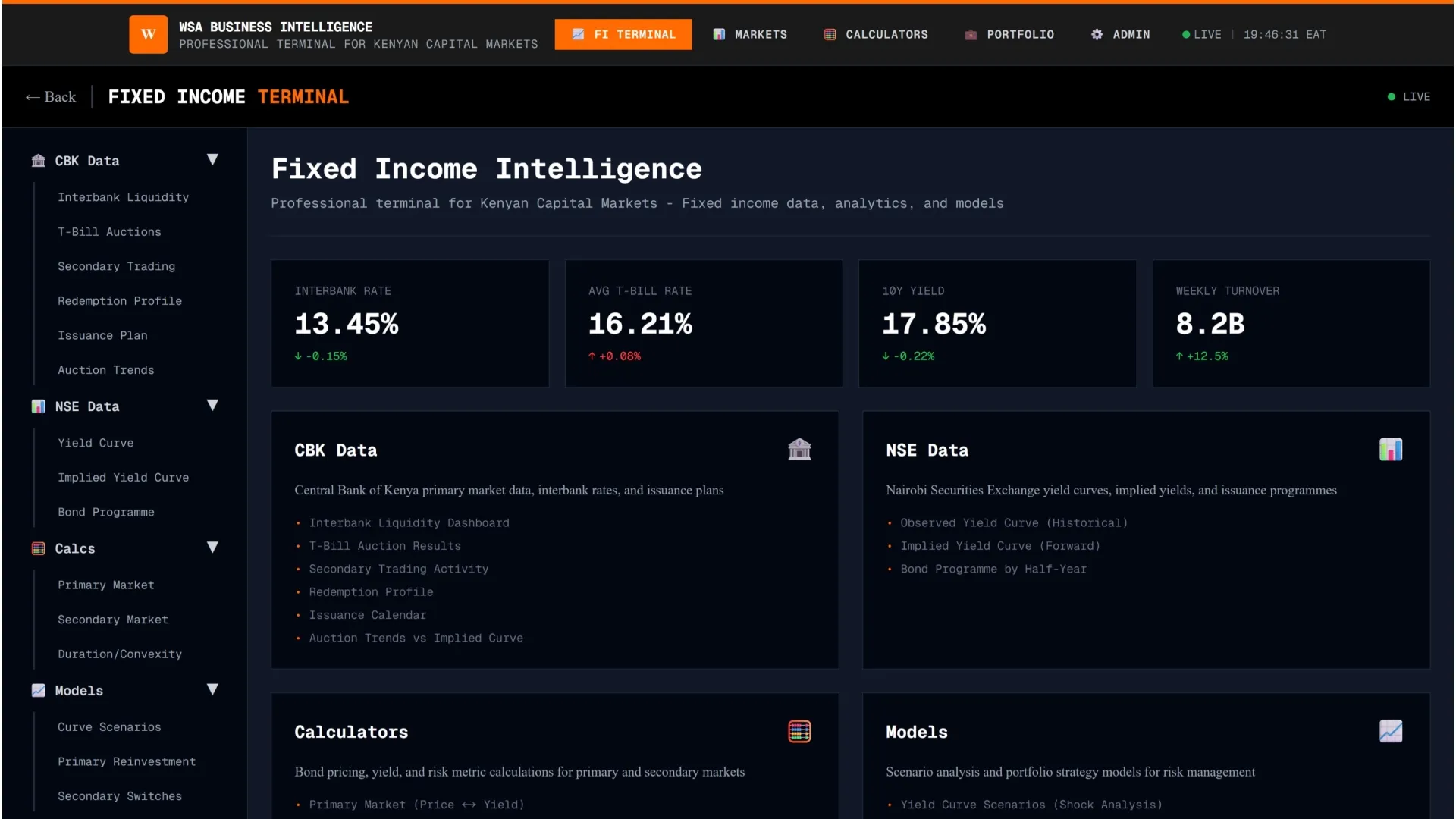August 2025 marked a clear turning point in Kenya’s motorcycle market as registrations reached 15,699 units, the highest monthly level since June 2022.
- •It capped eight straight months of more than 10,000 new registrations, the first time the market has sustained that pace since 2019.
- •The consistency signals improved earnings among boda riders, stronger delivery demand, and more predictable financing conditions.
- •The recovery follows a prolonged slump, with registrations falling to 3,244 units in May 2023, the lowest point in the past decade.
Rising import costs and tighter credit delayed fleet replacement, especially for commercial operators. The return to 10,000‑plus monthly volumes in 2025 reflects a reset in operating conditions.
Replacement cycles have resumed, platform-based delivery work continues to expand, and currency stability has eased cost pressures.

Car & General Benefits from Market Turnaround
Car & General has been a direct beneficiary of the rebound. The firm reported half‑year revenue of KSh 12 billion, up 9.6%, and profit of KSh 637 million, sharply higher than KSh 62 million a year earlier. Management said average monthly motorcycle sales in Kenya rose to about 7,000 units in 2025, compared to 4,600 units in 2024. The company’s distribution network and service coverage positioned it to capture the turnaround.
Exchange rate stability has played a key role. More predictable import pricing allowed the company to maintain stable retail margins while ensuring availability of parts and units. With replacement demand recovering, after‑sales and servicing are contributing meaningfully to performance.
Electric Models Are Growing, but ICE Still Leads
Electric motorcycles are gaining visibility as battery‑swapping networks expand and operating cost advantages become clearer. Adoption remains gradual. Most commercial riders continue to purchase internal‑combustion models due to financing familiarity, servicing access, and route flexibility.
A broader shift toward electric units will depend on battery leasing economics, infrastructure density, and tax clarity. For now, internal‑combustion models remain the core of the market and the primary revenue driver for distributors.
If registrations remain above 10,000 units per month for the rest of the year, 2025 will mark a full return to pre‑pandemic normalisation. For market leaders like Car & General, the focus is on maintaining supply consistency, managing currency exposure, and preparing for gradual electrification while meeting the continued demand for combustion models.




